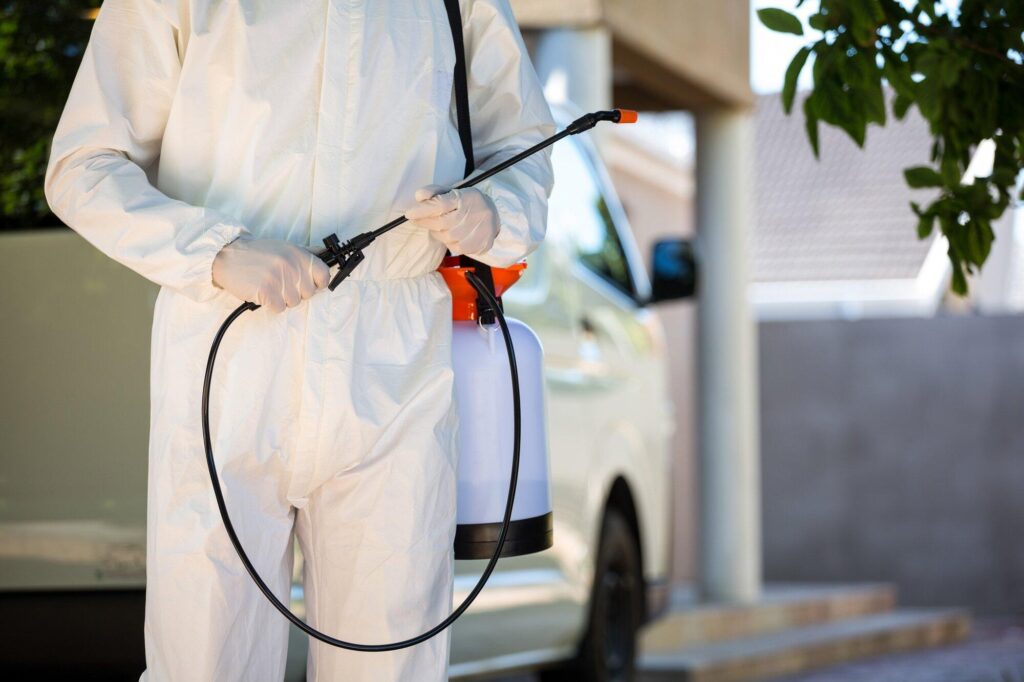A home should be a place of comfort and security-not a haven for pests. Whether you’re dealing with ants, rodents, cockroaches, or termites, the key to keeping your space pest-free is prevention. An effective pest prevention strategy doesn’t just respond to infestations; it stops them before they start.
Here’s how to create a practical, long-term plan to protect your home. Read on.
Seal Entry Points
Pests often sneak into homes through small cracks, holes, or gaps. Start by inspecting the exterior of your house. Pay close attention to areas where pipes enter the home, gaps around windows and doors, and cracks in the foundation or siding.
Use caulk, steel wool, or weather stripping to seal these openings. Install door sweeps and repair or replace torn window screens. For added protection, consider mesh covers for vents and chimneys to keep out rodents and birds.
Maintain a Clean Environment
Pests are drawn to food and moisture. A tidy home removes these temptations.
Regularly clean countertops, sweep floors, and wipe up crumbs or spills right away. Store food in airtight containers and keep pet food sealed when not in use.
Don’t forget the less obvious areas: garbage bins should be tightly sealed and emptied frequently, and drains should be cleared of food debris. Keep in mind that clutter-especially cardboard boxes-can also serve as hiding spots and nesting areas for insects and rodents.
Eliminate Standing Water
Water is a major attractant for pests like mosquitoes, termites, and rodents. Check for leaks under sinks, in basements, and around appliances. Fix dripping faucets and make sure your gutters are clean and draining properly.
If you have outdoor water features, such as birdbaths or fountains, clean them regularly. Remove items from your yard that collect water, like old tires or unused planters, to discourage breeding grounds for pests.
Landscaping Matters
Your yard plays a key role in pest prevention. Trim shrubs and tree branches away from the house to reduce access points. Keep grass short and remove leaf litter or wood piles that can serve as nesting sites.
Mulch should be kept at least 12 inches away from the foundation, as it can harbor insects. If you store firewood, keep it elevated and at least 20 feet from your home.
Schedule Regular Inspections
Even the most diligent homeowner may miss early signs of an infestation. Hiring a licensed pest control professional for routine inspections can catch problems early and offer targeted treatments when needed.
Look for a pest control provider that emphasizes integrated pest management (IPM)-a strategy that uses environmentally sensitive approaches to long-term prevention. Check out the best pest control company in Kirkland to learn more.
Stay Consistent
Consistency is key. Make pest prevention part of your regular home maintenance routine. Reassess your home seasonally, as pests often change behavior depending on the weather.
Keep Your Home Pest-free Today
A proactive pest prevention strategy can save you time, money, and stress. By sealing entry points, maintaining cleanliness, eliminating moisture, and conducting regular inspections, you can keep your home pest-free all year round. Prevention isn’t just easier than extermination-it’s smarter.
If you want to read more articles, visit our blog.






